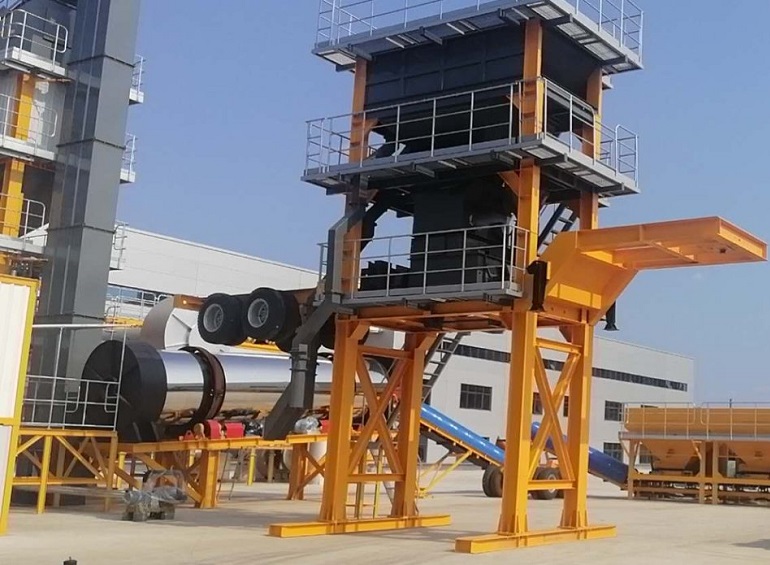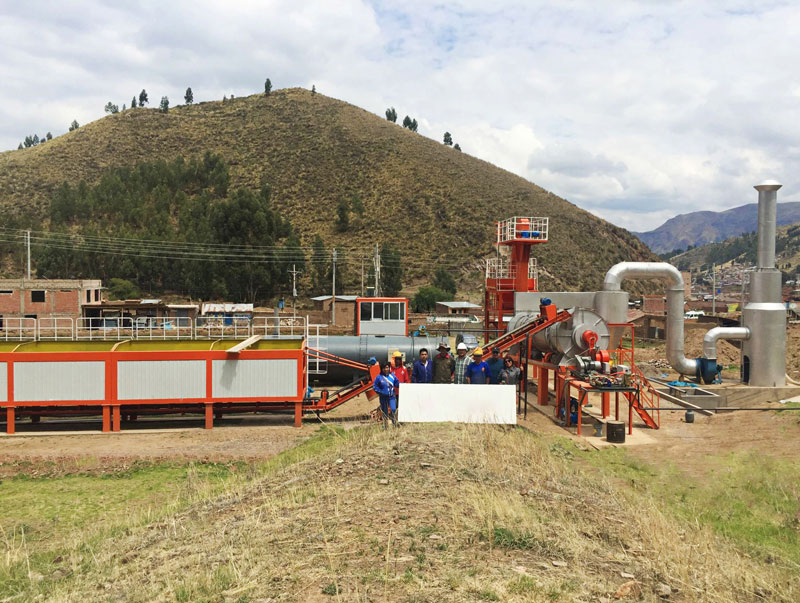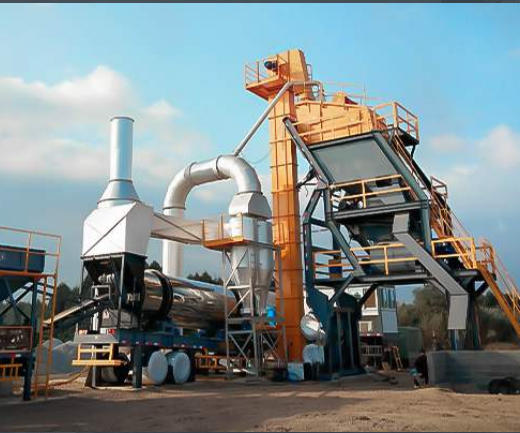Winter Antifreeze Measures for Emulsified Bitumen Equipment
Water is one of the raw materials of emulsified bitumen, which is distributed in various components of emulsified bitumen equipment. Explain the antifreeze measures one by one according to the water distribution components.
1. Water tank, the water inside the water tank is discharged through the sewage valve. Some equipment does not have a drain valve to save the cost of the equipment, which can only be evacuated by loosening the flange bolts at the bottom.
2. Water pump. The water pump here includes hot water pump and circulating water pump. This type of pump is generally a pipeline pump. There is a drain port at the bottom of the pipeline pump. Note that the drain port at the bottom of the pump is used to drain.
3. Emulsion tank The cone tank is generally used for the emulsion tank. However, for process safety, the outlet is often not placed at the bottom. The emulsion (mostly water) will remain at the bottom of the tank, and this residual liquid needs to be discharged through the bottom drain valve.
4. Emulsion pumps. Emulsified bitumen equipment emulsion pumps on the market are basically two types, gear pumps or centrifugal pumps. Gear pumps can only drain the liquid inside the pump through the connecting flange of the pipeline. The centrifugal pump discharges sewage through its own sewage outlet.
The first four items with common sense are basically empty, the latter focus on the latter items.
5. Colloid mill Emulsion or water will also remain inside the colloid mill. The gap between the rotors within the colloid mill will be within 1mm. A little residual water will cause frostbite accidents. The residue in the colloid mill can be discharged by loosening the connecting pipe bolts of the finished product.
6. Heat exchanger Both the cold and hot media of the heat exchanger in the emulsified bitumen equipment need to be evacuated.
7. Valve This is the key point. When draining water or emulsion pipelines, be sure to open the valve. Water trapped in the valve or vacuum caused by the valve closing, and the liquid in the pump and pipeline are not ruled out.
8. Air pump Many valves of emulsified bitumen equipment are pneumatic, so there will be an air pump. Water in the air, after compression, will become water and exist in the gas tank. Freeze this part of water in winter.
9, colloid mill cooling water, many colloid mills use mechanical seals, so you will use cooling water. This part of the cooling water should be discharged.
10. Other places where water may be present.
The heat transfer oil pipeline does not solidify in winter and does not need to be emptied.
bitumen will solidify in the winter, but it does not become bulky during the solidification process and does not need to be emptied.



 RU
RU MM
MM AR
AR




